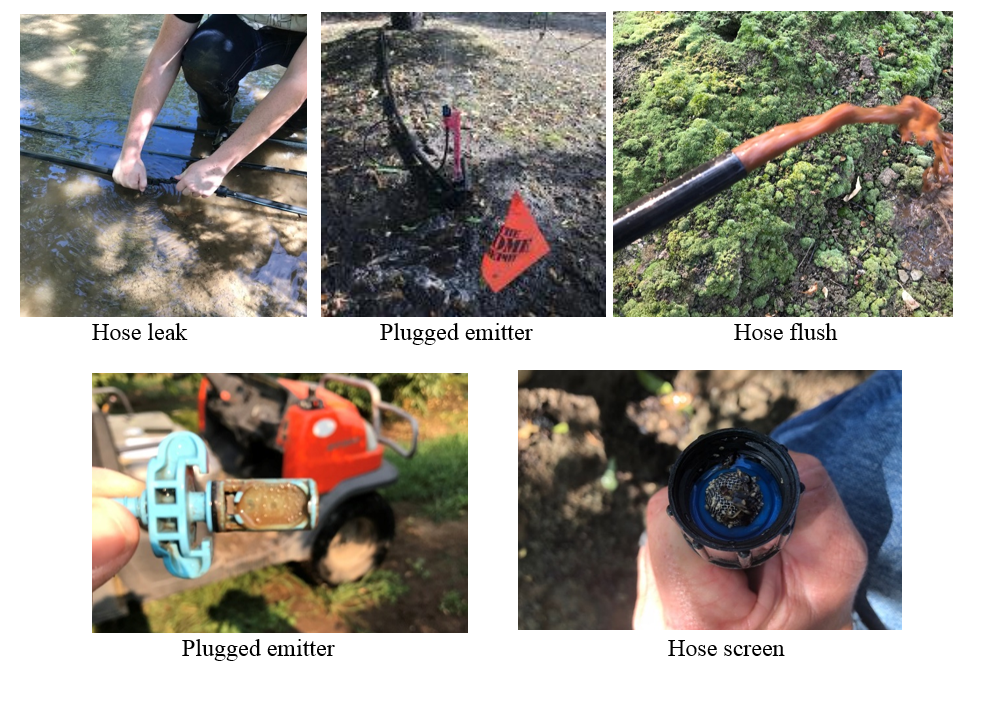Project Leaders: Trina Walley, Program Coordinator with East Stanislaus Resource Conservation District and Khaled Bali, Irrigation Water Management Specialist for University of California Kearney Agriculture Research and Extension Center
Project Status: Year One
Project Location: Stanislaus County
Overview
With growing advancements in technology, there is a high demand for individuals with technical training in irrigation and nitrogen management. The East Stanislaus Resource Conservation District (ESRCD) is addressing this need by hosting trainings coupled with on-farm irrigation system assessments.
Irrigation and Nutrient Management Workshops
The workshops are designed to help individuals become more efficient irrigators and identify potential improvements to their current systems. These pre- and post-irrigation season workshops are being presented in both Spanish and English to increase educational opportunities for agricultural workers. Discussion topics include distribution uniformity (DU) testing, system maintenance, data management, irrigation scheduling, and fertigation.
The next set of workshops is projected for February 2019. For information on upcoming workshop dates, subscribe to the FREP Calendar.
Irrigation Evaluations
The assessment portion of the program collects field data to determine irrigation system distribution uniformity and efficiency. The evaluations are followed by a detailed report and meeting with the mobile irrigation lab staff to provide recommendations to improve management and maximize irrigation system performance. The assessment is also followed up with one-on-one technical assistance to document changes and improvements.
To date, 32 properties have received evaluations and recommendations covering a total of 1,350 acres, mostly devoted to permanent crops. Among those, an average DU has been recorded at 87%, which is considered satisfactory for pressurized systems.
The most common causes of nonuniformity are maintenance issues and operation errors. Maintenance issues include leaks, breaks, plugged emitters and clogged hose screens. Related problems can be addressed by flushing filters and lines regularly and frequently walking the block to monitor and fix leaks. The second major cause of nonuniformity is pressure differences that arise when systems operate above or below their recommended range due to leaks, pump issues, excessive friction loss, elevation change or other problems. Pressure differences can be addressed by using in-field pressure regulators, pressure compensating drippers/emitters, or making sure the system is being operated according to design and equipment specifications. These and other challenges will be addressed in upcoming workshops.

Impact: Just in its first year, this project has documented and addressed the need for grower and farm manager continued education on irrigation and nutrient best management practices. The research team, along with interns from Modesto Junior College, has helped growers identify issues with their irrigation system operation and maintenance. These improvements will have long-term impacts on increasing irrigation and nitrogen fertilizer efficiency on Stanislaus County farms.


